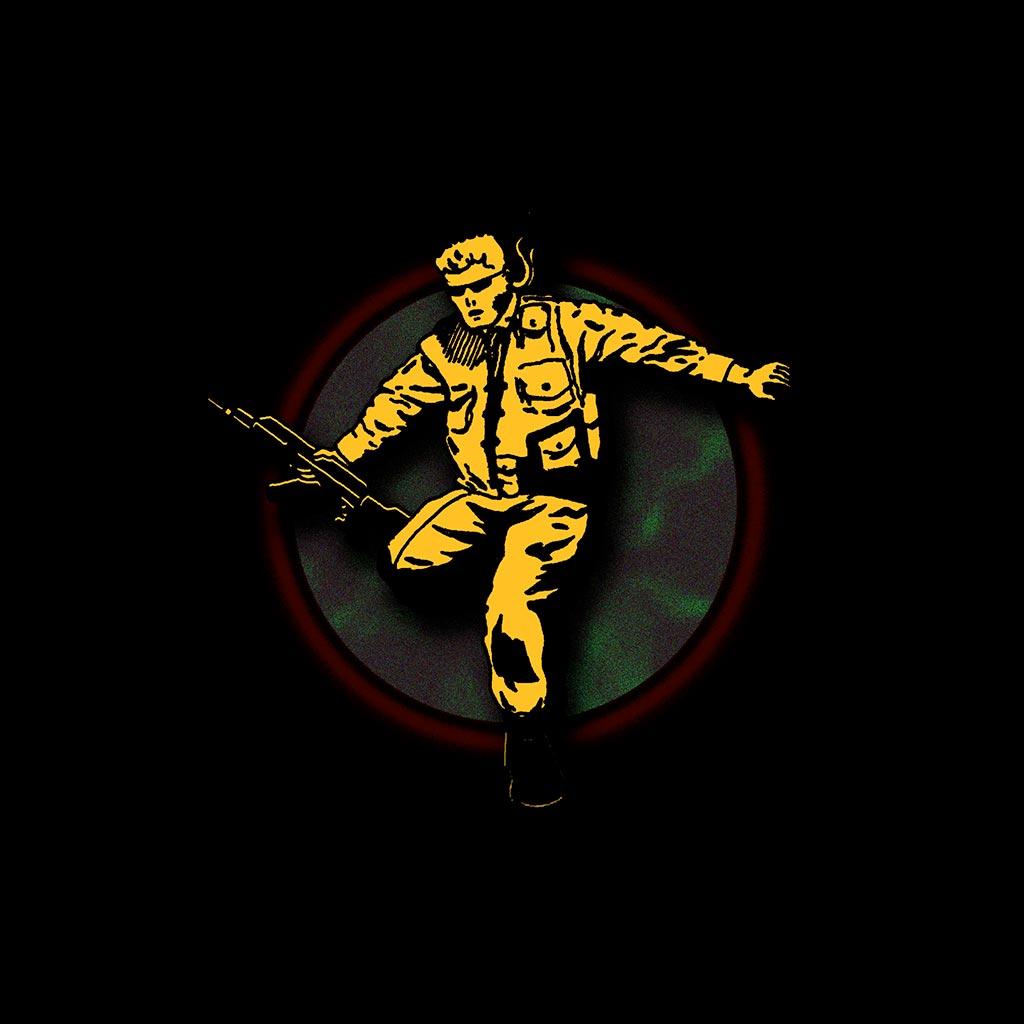By: XEONIQ [ Instagram | Tumblr ] and Georg Jutvall [ Twitter | Instagram ]
Contents
Introduction
Georg Jutvall is an underground digital artist from Sweden who has amassed a social media following with his vibrant, 90’s-inspired dystopic urban scapes and muscle-bound action hero protagonists. I have been a fan of his work for some time and felt that a good portion of the imagery and themes so depicted could be of interest to Shell Zine’s readership. Beyond sharing a curated collection of Jutvall’s work, I’ve also reached out to him for a conversation regarding his methods and inspirations, insights into cultivating an audience online and how that affects his work, the growth of NFTs, the monetisation of art in social media, and advice for other underground artists. I have titled this article as a conversation rather than interview as I have opted to share my own reflections and insights about sharing content online to supplement Georg’s own perspectives.

Illustration Work
The brunt of Georg’s work are in illustrated stills, which are typically drafted by hand and then digitised, colourised and edited on a computer. The settings in these images are modern if not futuristic and typically depict an urban dystopia.
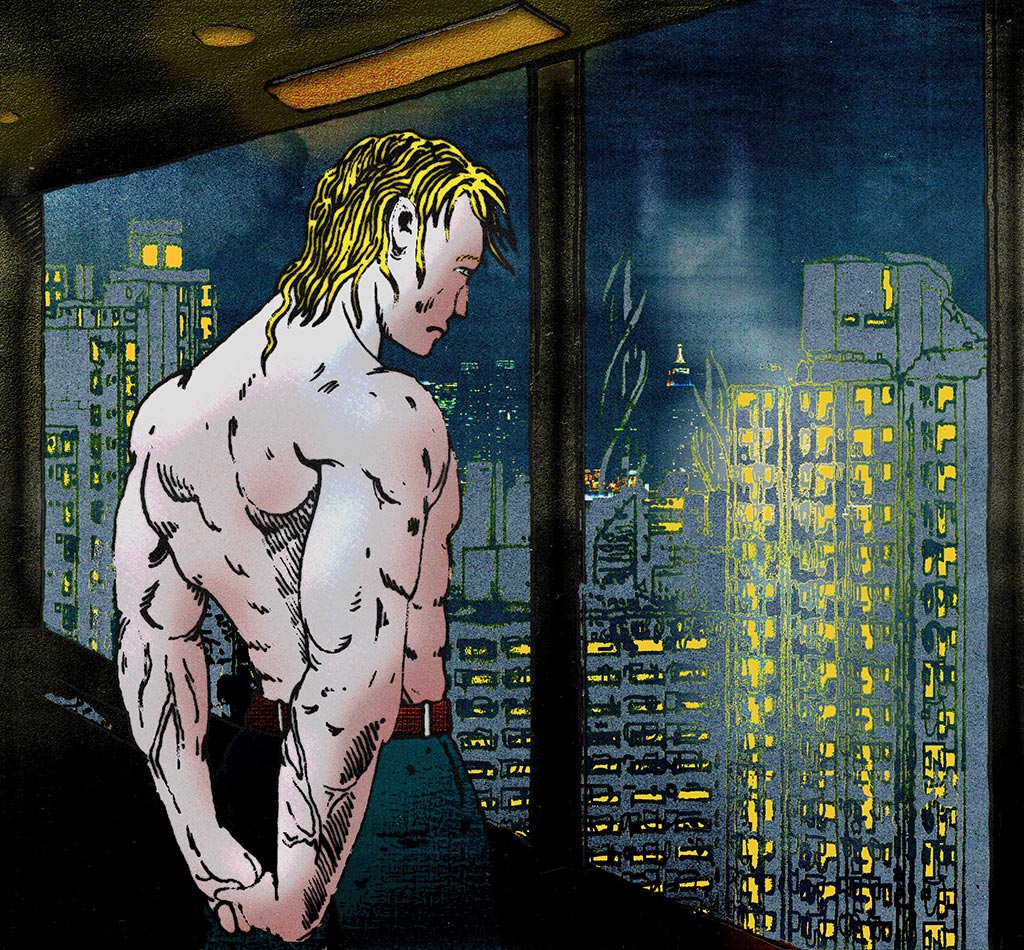
One aspect of Jutvall’s artwork that I personally enjoy is its depiction of technology. As a child of the 80’s I grew up with products such as the Sony CD Discman, Casio Databank watches, portable TV’s, Reebok Pumps, and all manner of consumer tech that promised to empower consumers. These gadgets, many of them barely useful gimmicks, were released in a diverse wonderland of technology. Contrasted to the technology of today, where diversity has been eradicated and homogenised by popular designs and devices that harvest our personal information and behaviours, limit what we can do for “our own good” and programme us to be more lucrative consumers, that 80’s vision of technological empowerment seems long dead. And thus when I view Georg’s work, I get the feeling that I’m getting a glimpse of a world created in the 80’s or 90’s within the science fiction genre, but it’s something new rather than another rehash of Blade Runner or Total Recall.
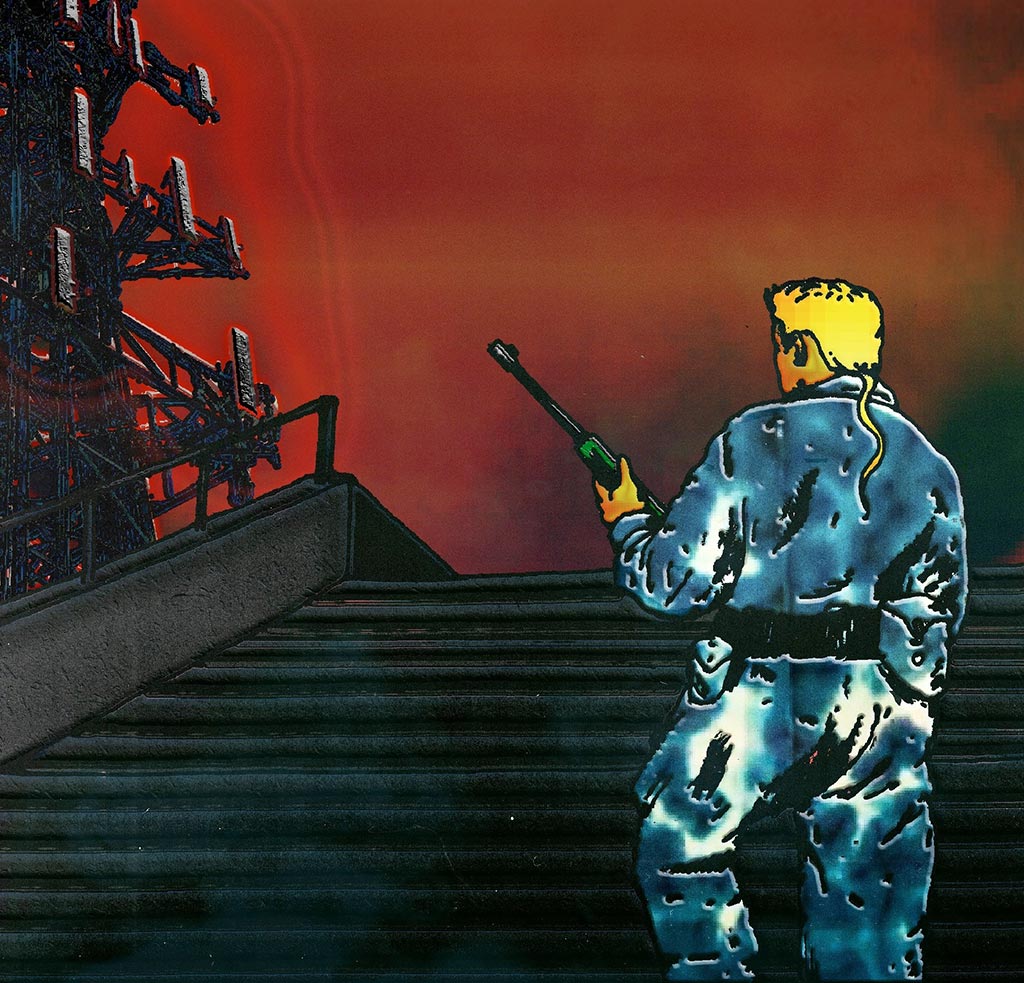
Jutvall’s work with its vivid, lo-fi 90’s aesthetic, suggests to me an alternate future, one where technology continued to develop as tools to enhance the individual rather than to conform us. And despite the dystopic settings of his stills work, the imagery of the lone wolf strong and empowered marching through these scapes is one that I find inspiring. The image below was the first piece I’ve seen from Georg, and still is my favourite. The crumbling railway, the electric storms wracking the distant city skyline, and the lone figure, both armed and protected in this bleak environment: it’s imagery I’ve tried to capture in my own photography and that I could find reference to in numerous other media that have inspired me since a child.
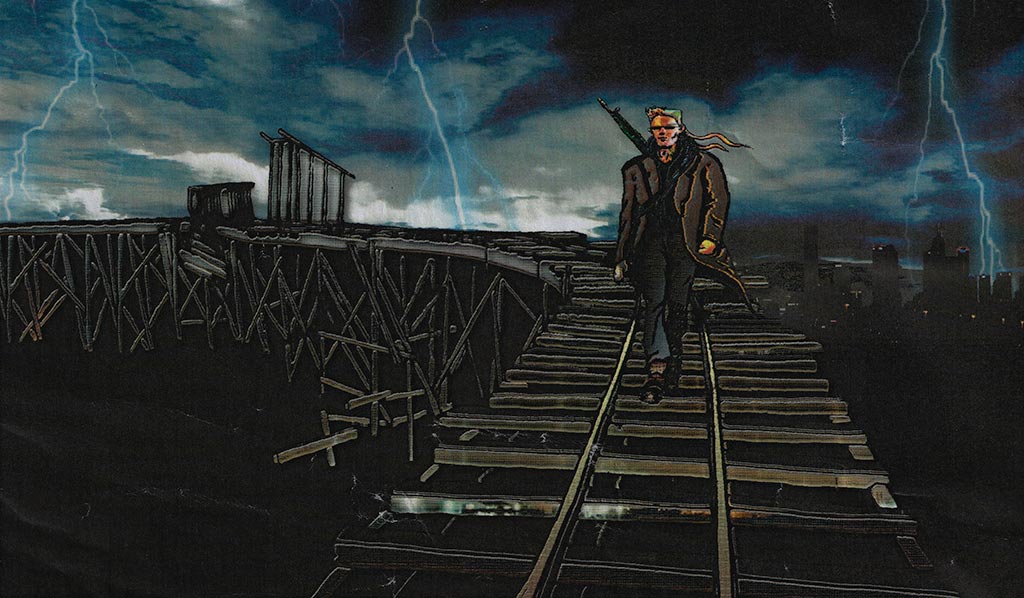
As a fan of the sci-figenre, Georg’s art provides imaginative visual content that I find my own connections and references to, while still in appreciation of the novelty of Jutvall’s tableaux. The image below for whatever reason provided me with the same response as one scene in William Gibson’s All Tomorrow’s Parties where an assassin stalked through a slum that had built up on San Francisco’s Golden Gate Bridge. It reminds me of that, but it is not an explicit homage to it, which is something that I find is rife in art on social media.
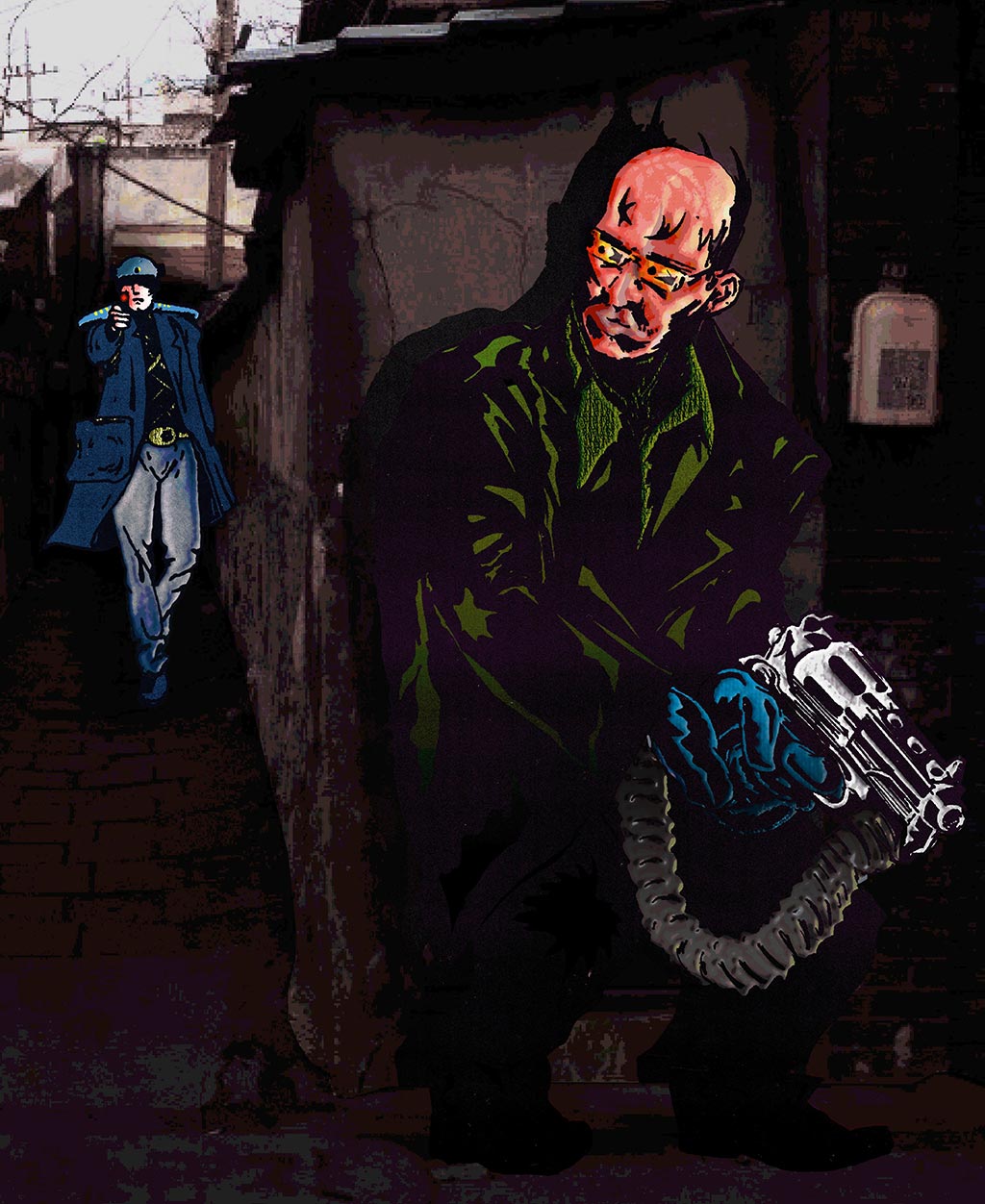
Corporate-themed images also feature regularly in Jutvall’s work, something many of us who work on computers every day can relate to, yet with dark undertones that Jutvall injects into his pieces.
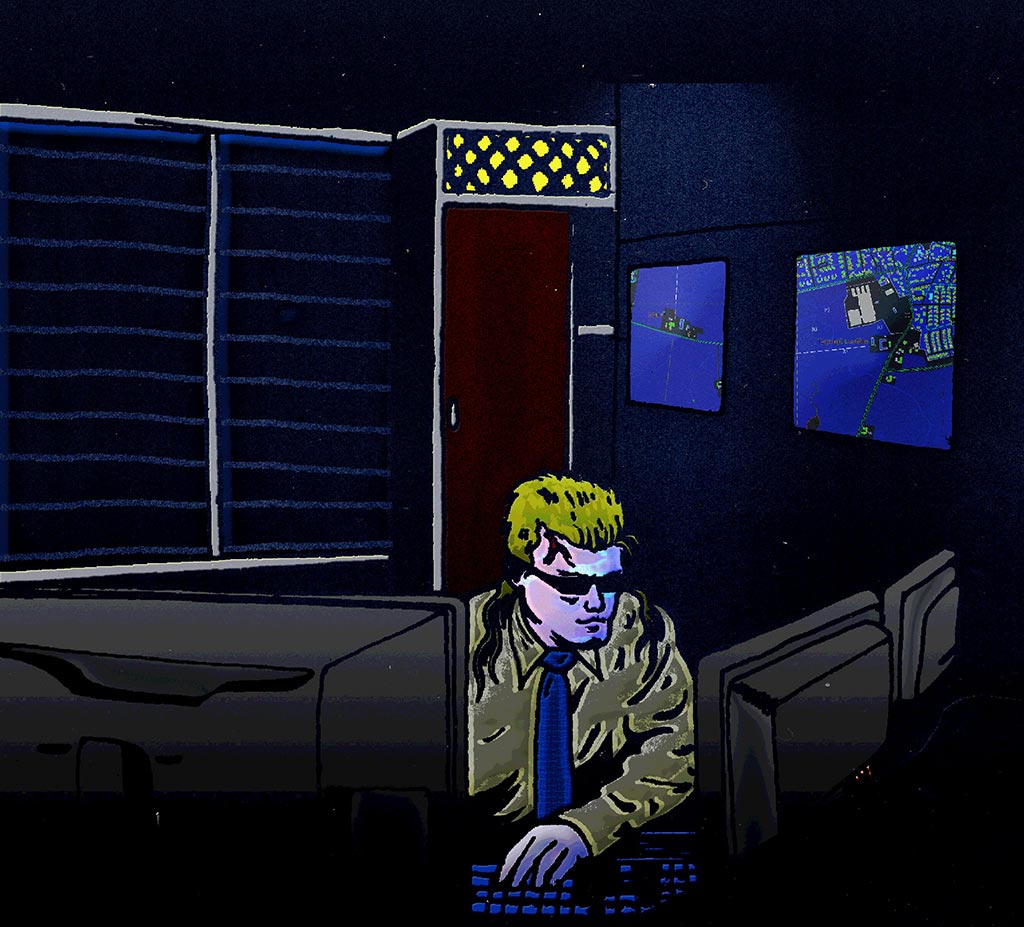
Transportation is another theme that can be frequently observed in Georg’s releases. Cars, motorcycles and especially trains feature in a number of his stills. I personally link this with my prior reflection on the lone wolf hero utilising empowering personal technologies, in this case a vehicle, to navigate a dangerous, dilapidated world.
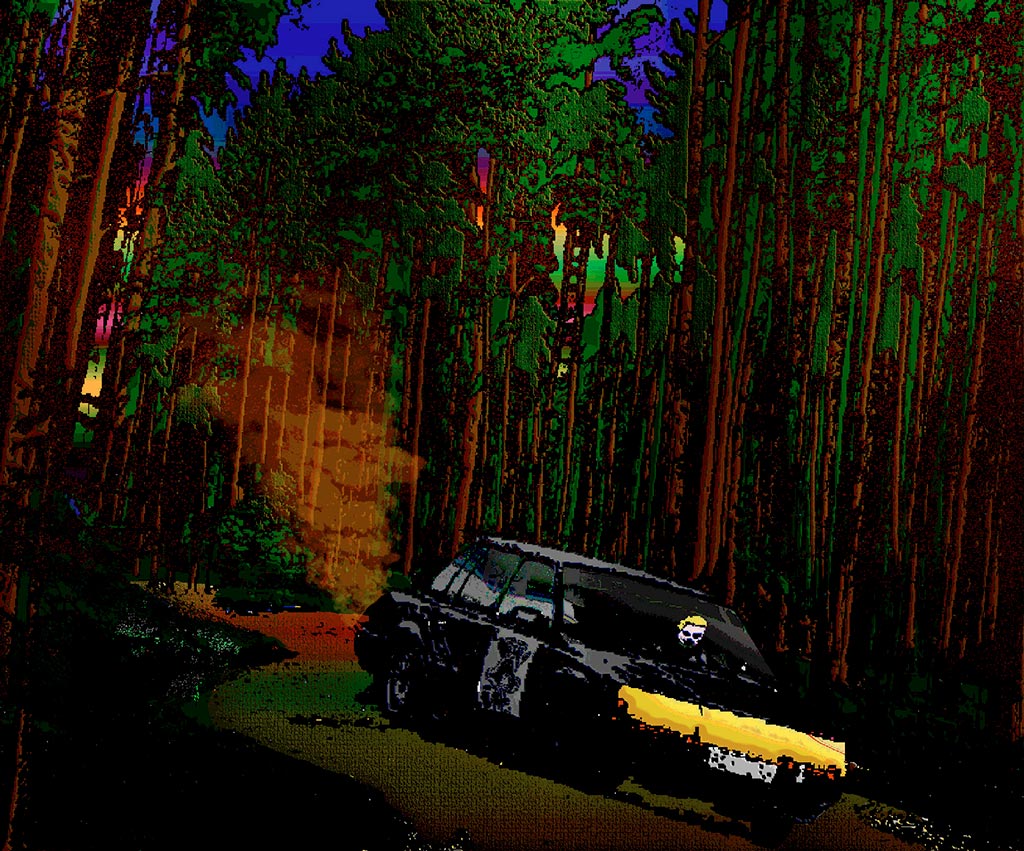
The use of guns, and in particular rifles, is a prominent feature in his stills work, and I think it’s safe to say that as a tool firearms are something that most boys and men find alluring. Not only do they feature in in a majority of combat games that many play, but they represent an extension of ones own body, providing the power to neutralise targets and threats with a simple pull of a trigger.
In the post-apocalyptic world of Jutvall’s still art, these tools look right at home being carried by strong, if not menacing characters. Yet in our own modern world, we are inundated with less identifiable, yet insidious dangers and threats to our mental and physical health, consistently; and many of us may be unaware of such dangers, much less capable of defending ourselves.
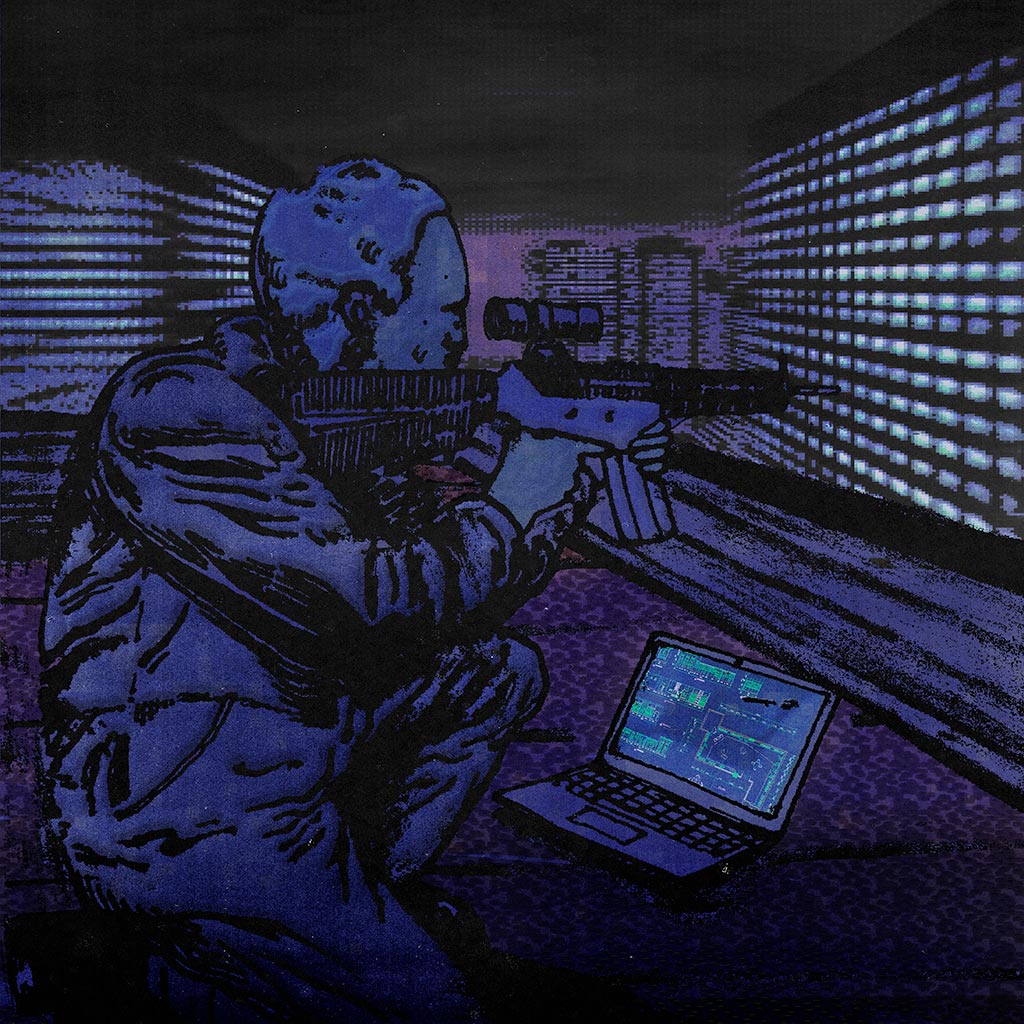
Not all of Georg’s work is focused on the hero and in these uncertain times, Georg’s references to various antagonists may represent the fears and anxieties that have crossed many of our minds before, at least once.

Georg’s use of frame within a frame composition is something I really enjoy as a photographer with a good number of his stills featuring this technique. Personally, these kinds of shots provide a feeling of looking out into a dangerous environment via the protection of a glass window; safe, secure and isolated, yet free to voyeuristically observe the inhospitable if not dangerous scene outside. In our Internet age, voyeurism is par for course and the consumption of violent, graphic content, where all manner of harm befalls the subjects, is regularly consumed from the safety of our smart phone screens or computer monitors.
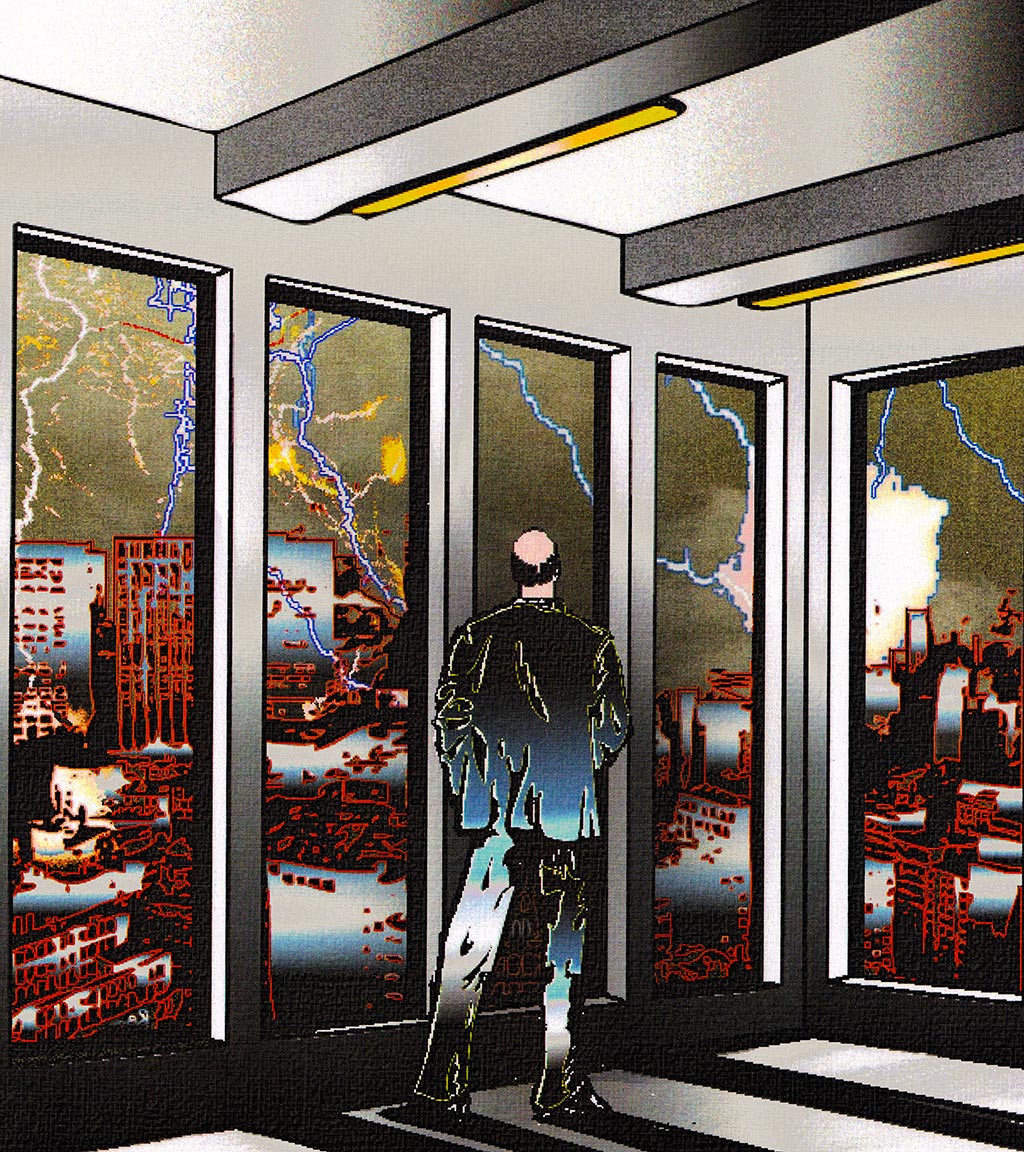
Print, Merchandise and LA Monsters
Beyond his illustrations, Georg has also worked on a print book together with childhood friend and fellow underground artist Olof Hanvark [ Twitter | Instagram ], titled YVERBORN. He has also dabbled in merchandise with t-shirts and stickers featuring his own designs.
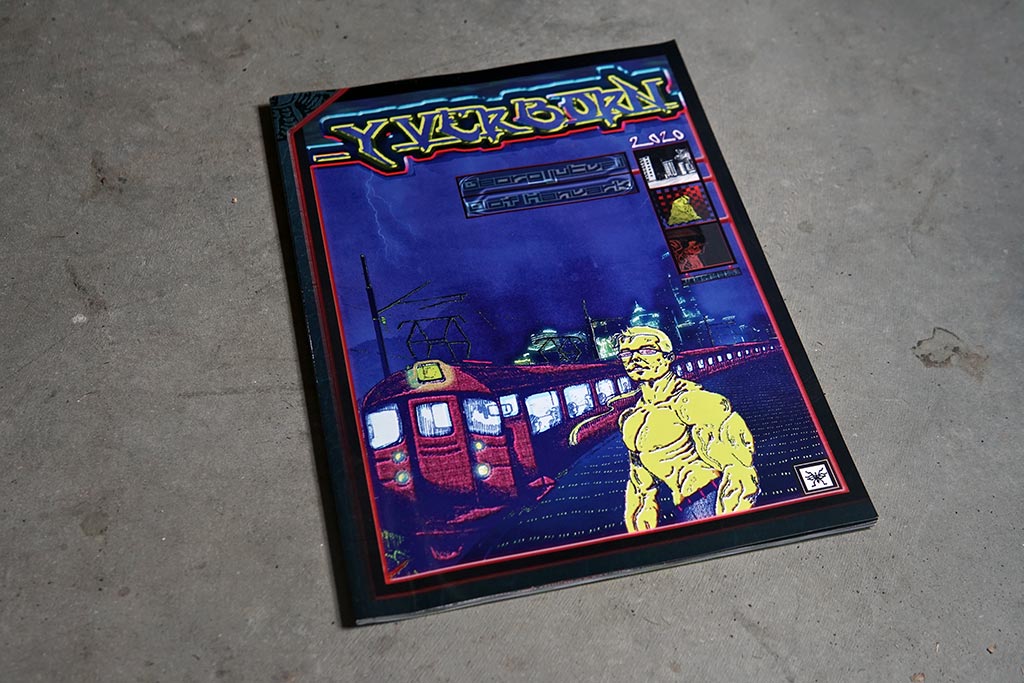
However, easily my favourite project that Georg has been involved with is LA Monsters.
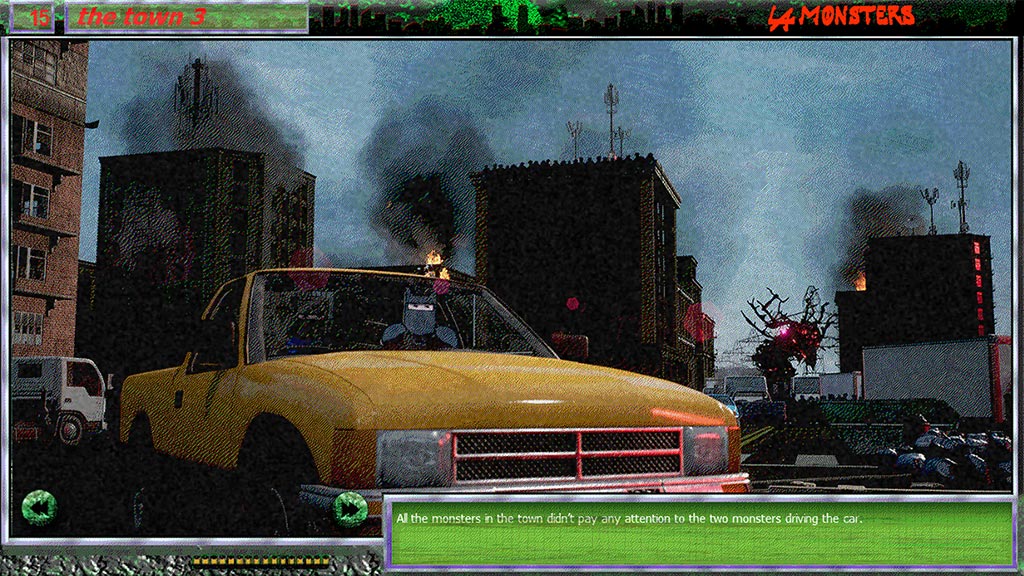
LA Monsters was marketed as an “interactive video novel” which could be described as a narrated, illustrated slide show with a horror sci-fi plot, including an original sound track by Noah Chalfant, Nicholas Lowery, “invisible robot hands”, and “don prodigo”. In it, two young brothers set out on a quest to save the world’s adults who have become enslaved to a supernatural entity via their television screens. Jutvall and Ben Lunato provided the story and artwork and David Stay and Ethan Munck narrated.
I found LA Monsters to be not only entertaining but inspiring. Here was a group of underground creatives pooling their talents together to make a comprehensive story with developed characters, an engaging plot and novel world building, shared free and digitally online to thousands of people on a shoestring budget without corporate support. To me, it felt like an excellent example of not only how amateur artists can use modern technology to create something that was not possible without funding a few decades ago, but how mixed media can deliver a more immersive experience and story for audiences. This kind of creative output would not be possible to produce, or be so accessible, before the advent of the internet.
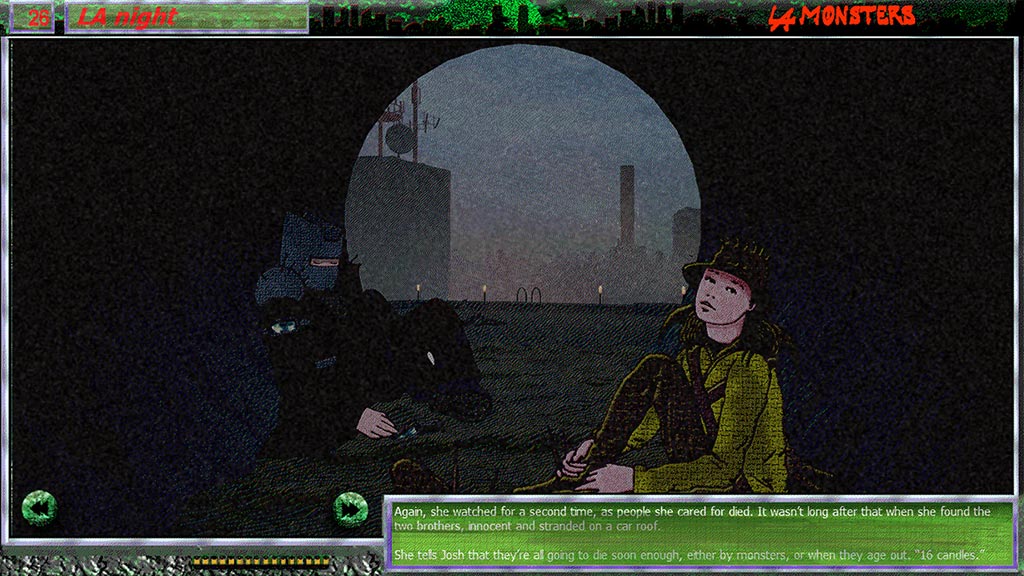
Certainly there are recurring themes and a developed “world” aesthetic evident in Georg’s still images,but LA Monsters demonstrated how the inclusion of narration, an original soundtrack and a written story could elevate those for audiences. I personally felt LA Monsters to have parallels with Stephen King stories from the 80s and 90s. There are child protagonists, who are set out on an adventure in a dystopic suburban America, fraught with supernatural enemies who have some vague technological origin; with a plot where encounters with violence have very gruesome and practical consequences; as a contrast to more juvenile narratives where violence is instead essentially consequence free and exists as more a kind of choreographed spectacle (e.g. Saturday Morning cartoons, or Marvel movies). As someone who enjoyed King’s IT, The Stand, Cell, and The Gun Slinger, I found LA Monsters to have parallels with all four while still holding its own unique narrative.
LA Monsters is available for free on steam here: LINK
Windows and Apple OS executables as well as PDF versions of LA Monsters can be found on Ben Lunato’s site here: LINK
Conversation
Georg was kind enough to have a discussion with me about a number of topics that I feel will be of interest to fans of his work, aspiring artists in general, and those interested in underground digital art as a scene. I’ve also given my own commentary on the various topics relative to my social media use. Georg’s replies are indented as quotes.
Firstly, I’d like to discuss one of the more obvious topics and that is your artistic method. I understand that in many of the images the strong graphic quality is derived from the fact that you start the work with a thick marker. Can you provide any details on that process?
Georg:
First, I would like to introduce myself, I am Georg from the great nation of Sweden. I can break down the process from wheat to bread, initially the image shows up in my head.
I draw it in black on white with a dip-pen or CD marker. I scan the drawing, then color it in Adobe Photoshop. Sometimes I print the colored version and draw on it then scan again for effect. Perfection is the enemy of the good, I aim to get as close to the image in my head but I am satisfied and stop if it only conveys the right emotion.
You mentioned in a previous conversation with me that the act of drawing itself is cathartic. I related to that myself as I often use photography as one of the solitary ways I break up screen time (including exercise at the gym, cycling and reading or listening to audio books). I noticed in some of the images you’ve shared online the presence of laptop computers, particularly in cramped interior scenes often paired with a subject who appears to be in a state of anxiety, presumably as a reaction to or symptom of modern lifestyles.

Further, not only are many of your subjects muscular, but several of the images directly reference working out at the gym. As someone who also enjoys weight training, I wondered if you had any insights or reflections on art and/or physical training as a means of self-actualisation or even a remedy to modern heavily-technologically-mediated lifestyles.
Georg:
Physical exercise is one of the few non-surrogate activities left and a strong body creates a shield against modern radiation.
Some, but not all, of your works seem to include esoteric references to conspiracy. HAARP weather control, the martian in Kyle Odom’s manifesto [ NYMAG PDF Link ], and the MK ULTRA programme are just a few.
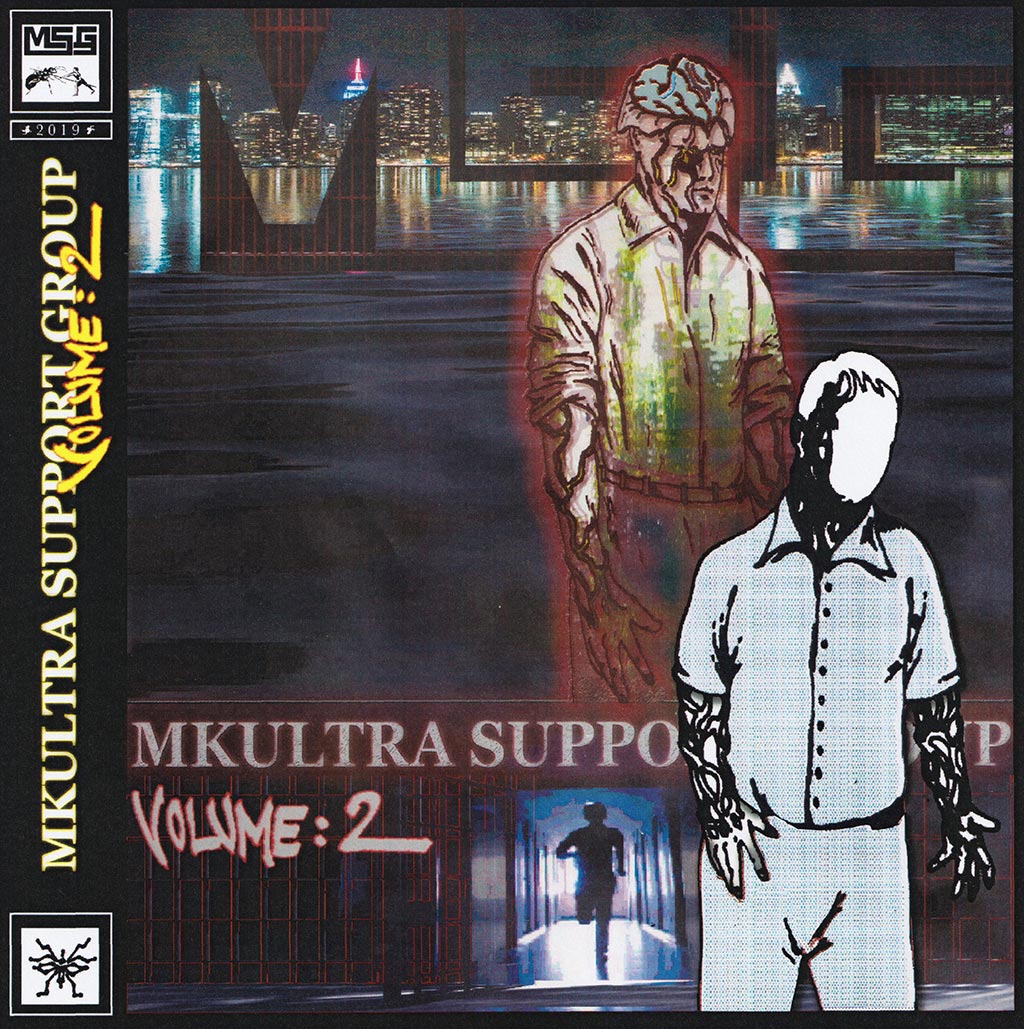
Indeed I also felt that your work shared some of the vibrant art style with The 90’s card game Illuminati, which has enjoyed cult status for seemingly predicting events that took place many years after the game was published.
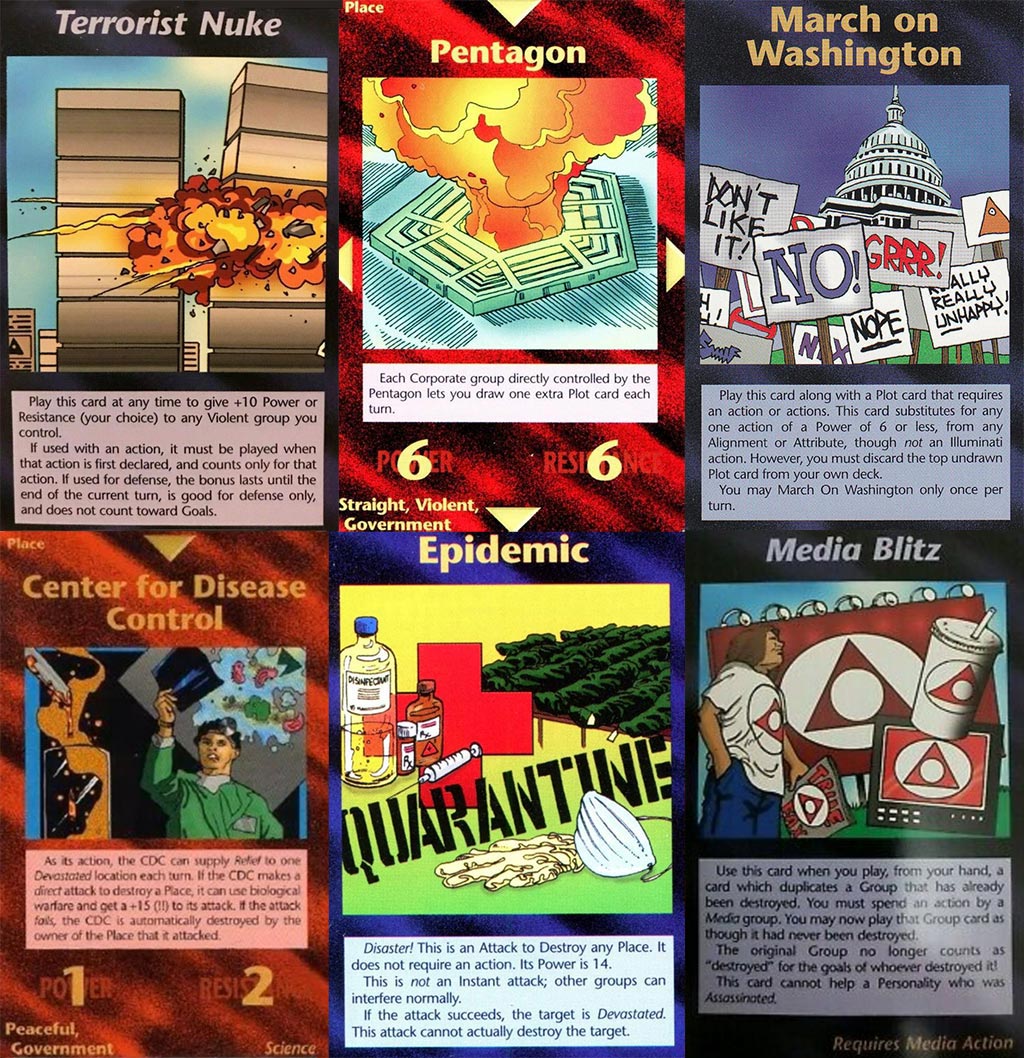
While some concepts such as Odom’s martian might be considered fantastical, others like MK ULTRA [ ABC News article on MK-Ultra and how it even came to Australia ] have been vindicated as actual projects that were carried out covertly by various agencies. With so much propaganda being distributed across different spheres of the media, conspiracy, to me, has always felt like a grassroots attempt by the public at both filling in logical gaps within, and thus making sense of, fractured narratives and disinformation.

Do you have any insights or reflections on referencing conspiracy in art, either in general or as your specific inspirations in your own work? Further, do you think there may be value in sharing such concepts as art to audiences online?
Georg:
I aim to let the pictures speak for themselves. But it can be a shortcut to get an image that historically echoes. The world is an odd place and the curious cat can search behind the curtains. A common theme of mine is powerful loneliness, a reflective loaded gun in society.
The volume sales and market value of Non-Fungible Tokens (NFTs) have enjoyed strong growth these past two years. A lot of mainstream discussion revolves around what NFTs are and not why they are becoming popular. I’ve always understood NFTs popularity as being a virtual extension of the collectables phenomenon, for example: where figurines such as Transformers are purchased and collected by hobbyists who then often spend time photographing their collections and sharing them on social media and forums. With NFTs, the physical product is removed, and they are often bundled in a “set” in the way a product line of toys may be, and they are sold on NFT exchanges that have a strong social media aspect where collectors can display what pieces they have and, further, also list them for sale. Again, while collectable toys, cards and other baubles often take time to appreciate in value among enthusiasts, NFTs can accelerate in value almost instantly and many earn significant returns trading these virtual tokens. With a easily identifiable and graphic representation and a social media economy supported by large centralised for-profit exchanges, NFTs have become not only a strong hobbyist interest but an income-generating activity for many, especially younger generations. There is an argument to be made that NFTs are an evolution of the collectables hobby and while many critics may disparage NFTs for their crypto currency “gas” fees which contribute to emissions via local energy grids, if NFTs actually cannibalise the physical toy and collectable market, I wonder if there would not be environmental improvements in terms of minimising landfill waste, plastic use, and the emissions associated with the logistics of distributing those toys to consumers. For artists, they represent a new and practical means of commodifying one’s work.
As a digital artist do you have any insights or reflections on NFTs and do you have any plans on interacting with them in the future?
Georg:
NFT’s, more business than pleasure. Its marketing, platfrom and name game. I am not heavily invested for now, I’m involved in one collection project called J0yriderz [OpenSea Exchange Portfolio]. It’s always fun to build fresh worlds on new platforms and with some time and effort I’m sure I will find a dark corner with good aesthetics.
In terms of your art, do you feel influenced by social media? For example do you create art in a vacuum or do you find yourself creating more art on popular themes because thats gets more likes or re-tweets when you share it? As a fan of yours, I of course respond more to the images that specifically interest me, e.g. your lone wolf style protagonists in decaying urban environments. Something that I’ve noticed on Instagram is where popular pages cater to a very specific topic or aesthetic and those that are more well-rounded tend to not attract as much engagement. I personally decided that I would rather be seen as a multi-dimensional human being with varied interests than I would represent myself as a one-dimensional character with outfit photos in every single post; even if those are the only one that receive any sort of appreciable interest from Instagram audiences.
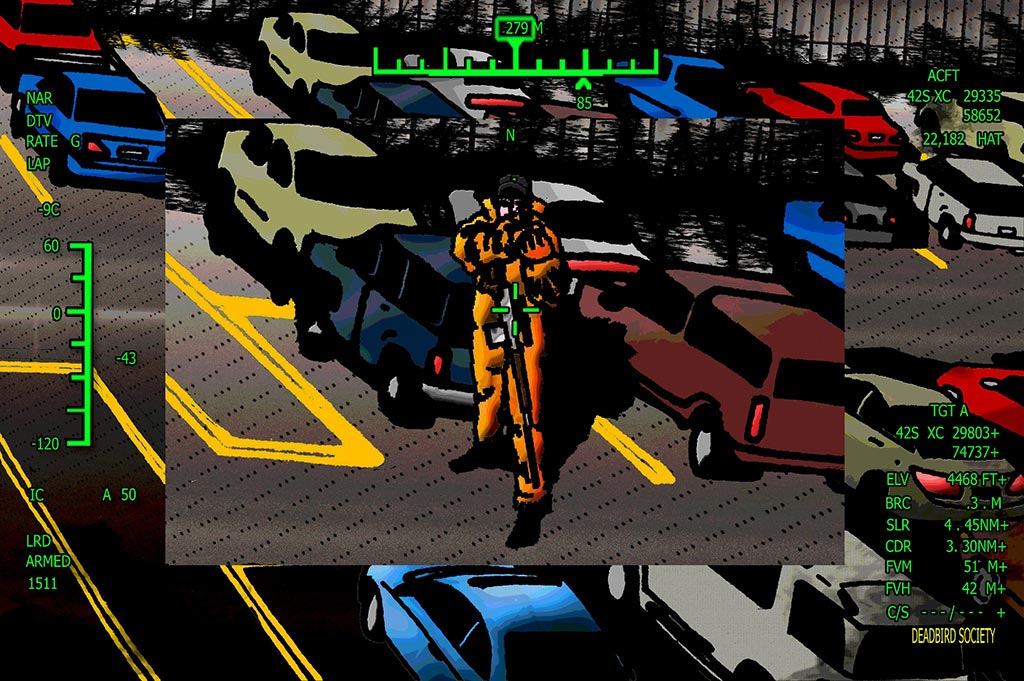
Do you ever feel pressure to be more one dimensional in what you share because of this phenomenon or do you feel unfettered in what you create?
Georg:
Everyone is influenced in one way or another. I actively try to be free as it is a hobby. To be able to work and live in a suit and tie society I work under a pseudonym. I don’t want my internet art to be connected to everyday life. I also think having all high school friends etc as followers influences one’s creativity. You will carry their opinions and reactions and end up drawing “bragging” pictures of a beautiful boat in sunset. Only a few in real life even know that I draw. I remember when almost everybody had some creative output, but almost everybody stopped. I guess comparison [with others], self-criticism and the endeavour for perfection slayed them. Or the great fear of being seen as “retarded”.
I personally have enjoyed sharing on Tumblr far more than I have Instagram. I notice you post on Twitter and Instagram with some regularity. While browsing your accounts, I noticed that Twitter’s re-tweet function seems to have more opportunity to spread awareness than Instagram’s story function where a post could be added to your story and sit semi-publicly for 24 hours. On Instagram I often consider the timing of when I post, what hashtags are currently relevant and any pages I should tag to get awareness, which creates a kind of meta-administrative task that can make the act of sharing feel like “work” to me.
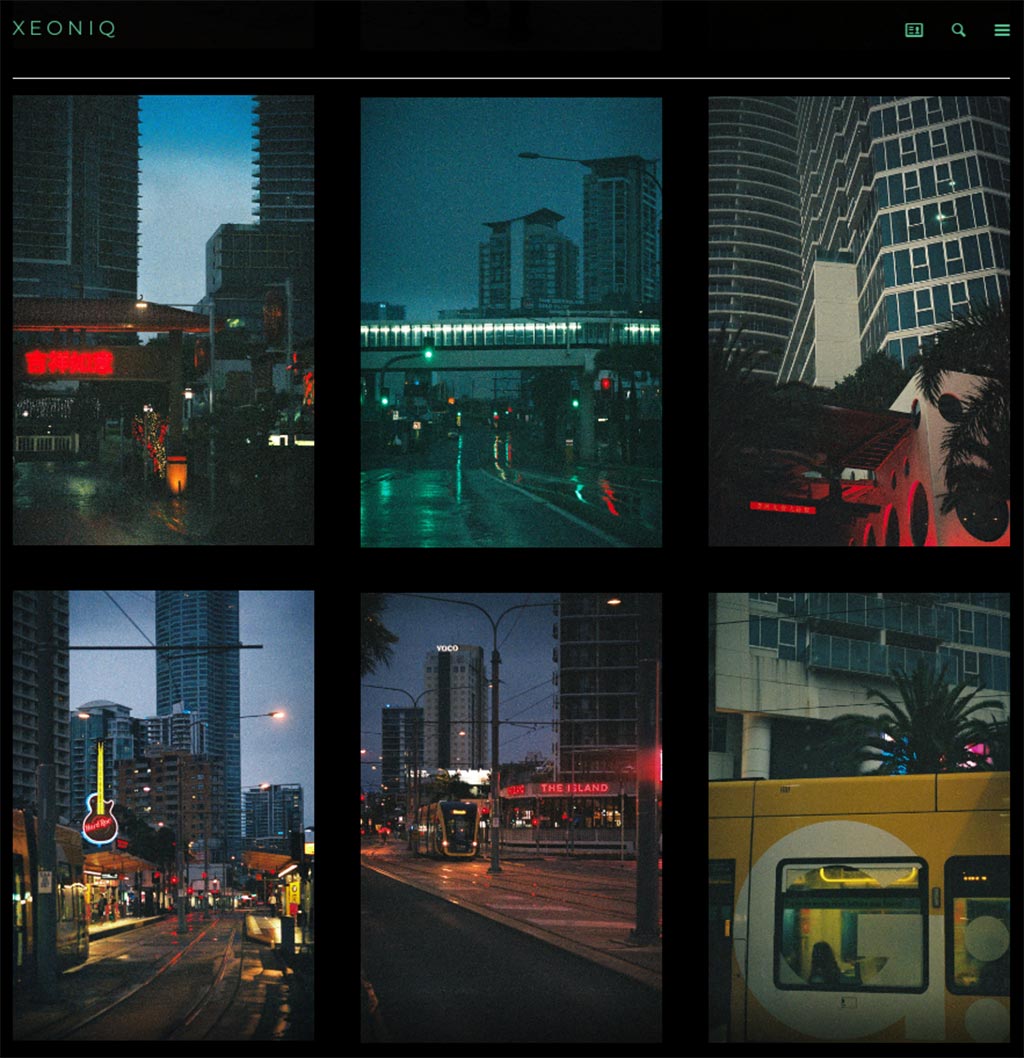
On Tumblr there are only five hashtags that get selected to be pooled into search feeds. Additionally, the tags are searchable on my Tumblr theme so I find myself being quite literal in descriptives for my own organisation to find old content; something impossible on Instagram. Some of my posted images have been circulating for years with excess of 15,000 likes/reblogs, while others don’t break single digits in those metric despite being popular on Instagram. Being able to choose your own template (or create your own if you are able to) for displaying my content is another benefit. The medium definitely impacts creation for me and that is why I’ve gone back to producing content for Tumblr, and now Shellzine, with only a fraction of that content posted on Instagram for awareness.
Do you have any thoughts, reflections or insights for sharing art, specifically on Twitter or Instagram, that you think might be valuable for other content creators using those platforms to try and achieve awareness or growth?
Georg:
Chasing followers gives me no joy. I am more for natural growth and quality before quantity. I think that interested parties will find the right address in the end. I also find it difficult to predict what will hit hard and what’s not, so off to the races.
To continue on that trajectory, do you have any advice to someone who may be starting from scratch as an artist on social media without any kind of support or funding?
Georg:
It’s always fun to work with people whose style you appreciate. In addition, be observant when the hobby turns into a joyless chore. Be on your guard not to lose the joy of creation. To create is a long-distance race.
With regards to monetising your work do you have any advice or lessons learned to share with other artists based on your experience?
Georg:
I’ve just sold some t-shirts and a magazine, I make real money elsewhere. I wouldn’t do an unpleasant project even if it paid well. The important thing is the joy of creation in itself. pretty hard to be a cash-cow doing odd art on the internet. with a mass approved style, luck and hard work i guess you can be money-boy, I wouldn’t hold my breath.
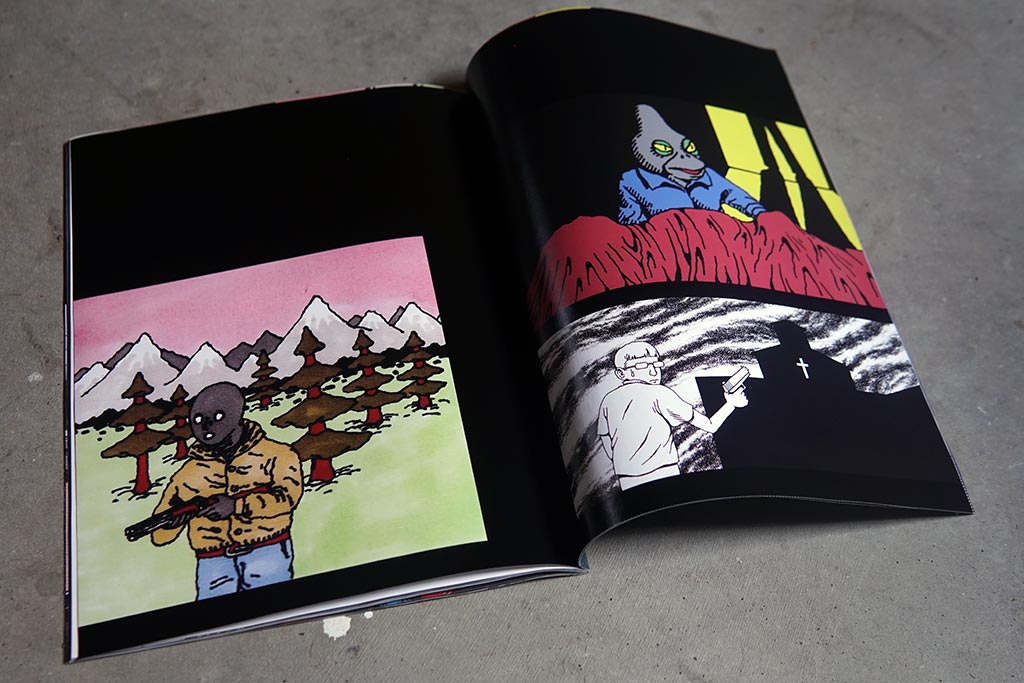
Are you planning on any new projects for this year?
Georg:
High probability that I will engage in similar projects this year. Might get YVERBORN 2 out other than that I will be focusing on doing paintings and rewarding collaborations with good people.
Do you have any longer term vision for your sharing your art?
Georg:
I will hopefully continue sharing the majority of art I’m doing. Working on a big format painting right now and will probably do more of those. Less computer, more hands.
Finally, for those that are uninitiated with underground digital art, do you have any other artists you are inspired by or enjoy who you’d like to recommend for readers to check out? I feel that Sonoshee [ Twitter ] is a good parallel artist who may also appeal to your fans.
Georg:
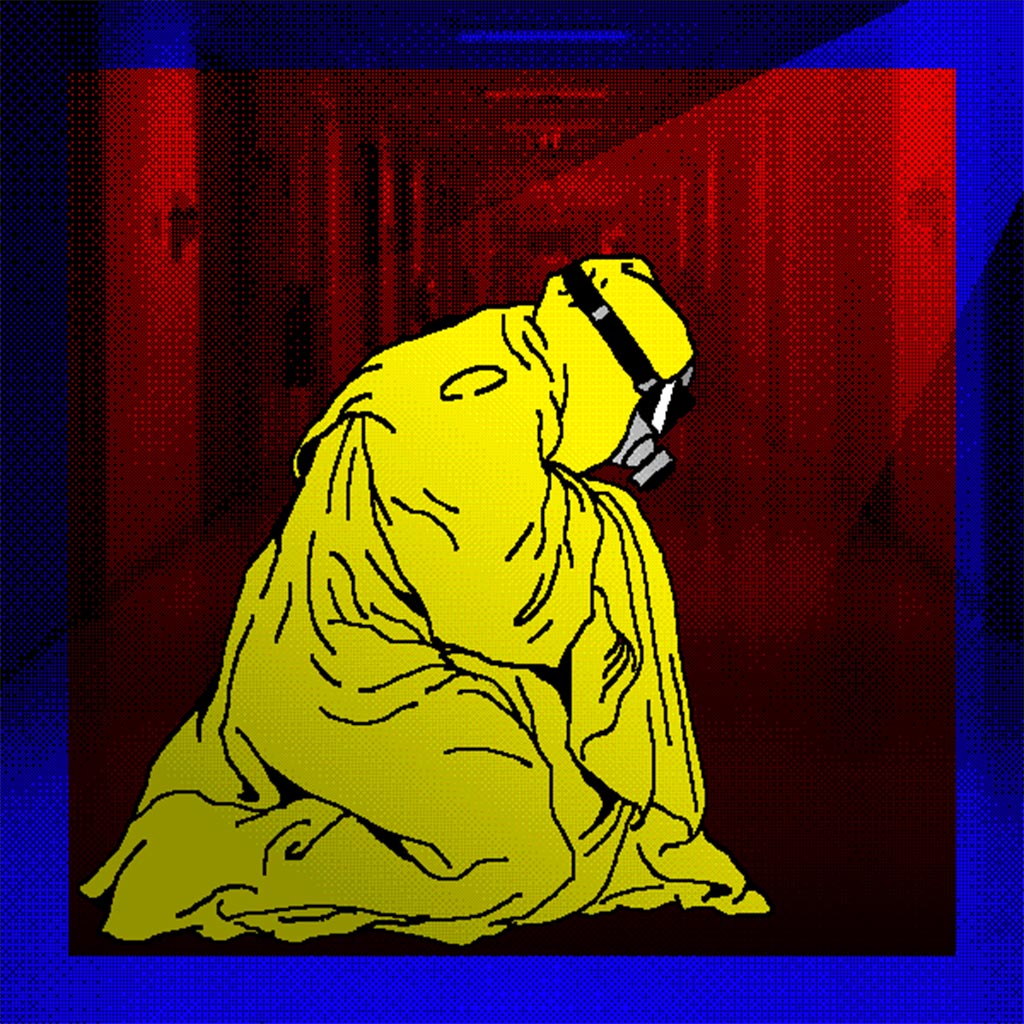
If you enjoyed the small sample of Georg’s work in this article and want to see more, you can follow him on Twitter and Instagram.
If you enjoyed this article, supporting SHELLZINE by any amount can be made via the link below. Your contribution is completely optional and all funds help cover the website’s growing hosting costs and enable further original content creation without the use of advertisements. Secure payments by all major card types, including Google Pay and Apple Pay, are supported.

